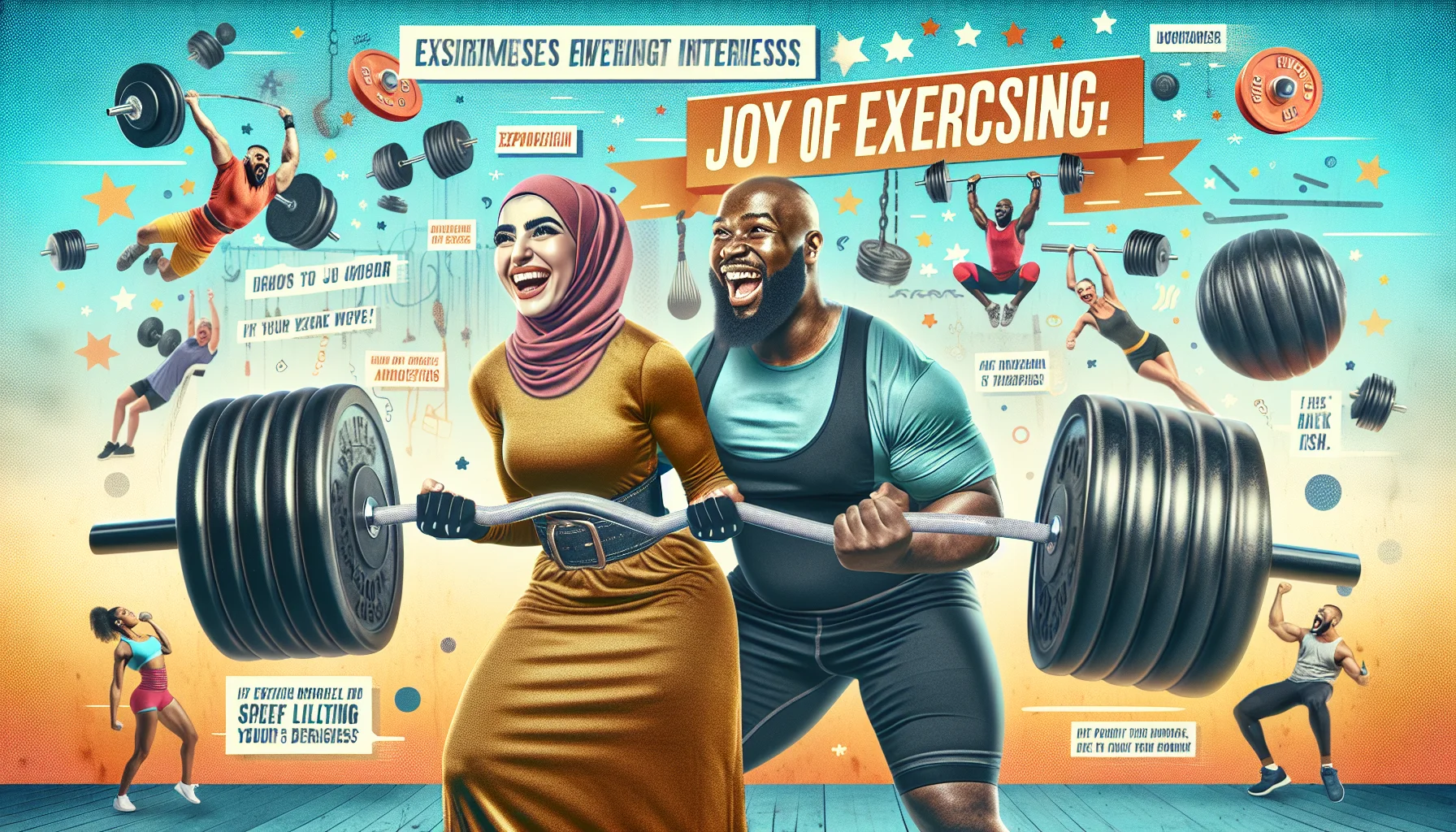Nmaa powerlifting Quiz
Test Your Knowledge
Question of
Understanding NMAA Powerlifting
NMAA powerlifting refers to the competitive sport of powerlifting under the regulations and organization of the National Masters Athletics Association (NMAA), a body that promotes strength sports among athletes of various age groups, including masters level competitors. This form of powerlifting emphasizes not only the physical strength and endurance required to perform the three main lifts—squat, bench press, and deadlift—but also the strategic approach to training, mental toughness, and discipline. Its significance in the fitness community is profound, as it provides a structured and competitive platform for athletes who are passionate about strength training, offering them opportunities to set new personal and world records while promoting the values of health, fitness, and longevity across all ages.
The History of NMAA Powerlifting
The origins of NMAA powerlifting trace back to the early 1970s when a group of strength sports enthusiasts within the New Mexico Activities Association recognized the need for a structured, competitive platform for high school athletes to showcase their strength. Initially, powerlifting competitions were informal and sporadically organized, often taking place in school gyms or local community centers. As interest grew, the NMAA saw the potential to integrate powerlifting as a sanctioned sport, providing athletes with a more formalized competitive structure.
By the late 1980s, NMAA powerlifting had established a set of standardized rules and weight classes, aligning more closely with national powerlifting organizations. This standardization helped to elevate the sport's credibility and attract more participants. Throughout the 1990s and early 2000s, NMAA powerlifting continued to evolve, incorporating advancements in training, nutrition, and competition strategies. The sport has since become a cornerstone of high school athletics in New Mexico, with athletes competing in three main lifts: the squat, bench press, and deadlift. Today, NMAA powerlifting not only champions physical strength but also promotes discipline, teamwork, and sportsmanship among young athletes.
Key Events in NMAA Powerlifting
- Winter Classic - January
- Spring Invitational - March
- State Championships - May
- Summer Showdown - July
- Fall Festival of Strength - October
- National Qualifiers - December
Training for NMAA Powerlifting
For athletes looking to excel in NMAA powerlifting, adopting a comprehensive training strategy is crucial. Start by focusing on the core lifts: squat, bench press, and deadlift. Incorporating a mix of heavy days for strength with lighter, high-volume days for endurance and technique refinement can lead to substantial improvements. Nutrition plays a significant role as well, ensuring you fuel your body with the right balance of proteins, carbs, and fats to support muscle growth and recovery. Don't overlook the importance of rest; adequate sleep and active recovery days are essential to prevent overtraining and injuries. Lastly, consider working with a coach who can provide personalized feedback and adjustments to your training regimen, helping you to achieve your powerlifting goals.
NMAA Powerlifting Rules and Categories
| Weight Class (lbs) | Age Category | Rules |
|---|---|---|
| 114, 123, 132, 148, 165, 181, 198, 220, 242, 275, 308, SHW | Junior Varsity: 14-16 Varsity: 16-18 |
1. Athletes must compete in their actual weight class. 2. Each competitor is allowed three attempts in squat, bench press, and deadlift. 3. The sum of the best attempts for each lift determines the total score. 4. Proper attire is required at all times. 5. Use of performance-enhancing drugs is strictly prohibited. |
Benefits of Participating in NMAA Powerlifting
-
Physical Benefits:
- Improves overall strength and endurance
- Enhances muscle tone and body composition
- Increases bone density, reducing the risk of osteoporosis
- Boosts metabolic rate, aiding in weight management
-
Mental Benefits:
- Develops focus and discipline
- Enhances self-confidence and body image
- Reduces stress and anxiety through physical activity
- Promotes a sense of achievement and goal-setting
-
Social Benefits:
- Builds a community of like-minded individuals
- Offers opportunities for teamwork and camaraderie
- Encourages healthy competition and sportsmanship
- Provides access to coaching and mentorship
How to Get Involved in NMAA Powerlifting
Getting involved in NMAA powerlifting as a beginner might seem daunting at first, but it's an incredibly rewarding journey. The first step is to find a coach who specializes in powerlifting. A knowledgeable coach will not only teach you the correct form and technique for the three main lifts - squat, bench press, and deadlift - but will also guide you on nutrition, recovery, and competition strategy. Next, it's important to join a gym that supports powerlifting. Look for a facility that has the necessary equipment like power racks, bench presses, barbells, and a variety of weights. A gym with a powerlifting community can also offer support and motivation. Finally, start entering local competitions. Competing isn't just for the experienced; beginners are encouraged to compete to gain experience, meet other lifters, and test their skills in a supportive environment. Remember, everyone starts somewhere, and the powerlifting community is known for its inclusiveness and encouragement of new lifters.












